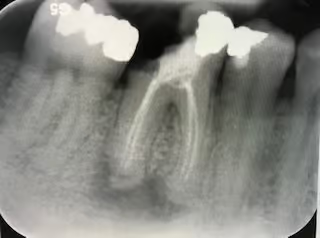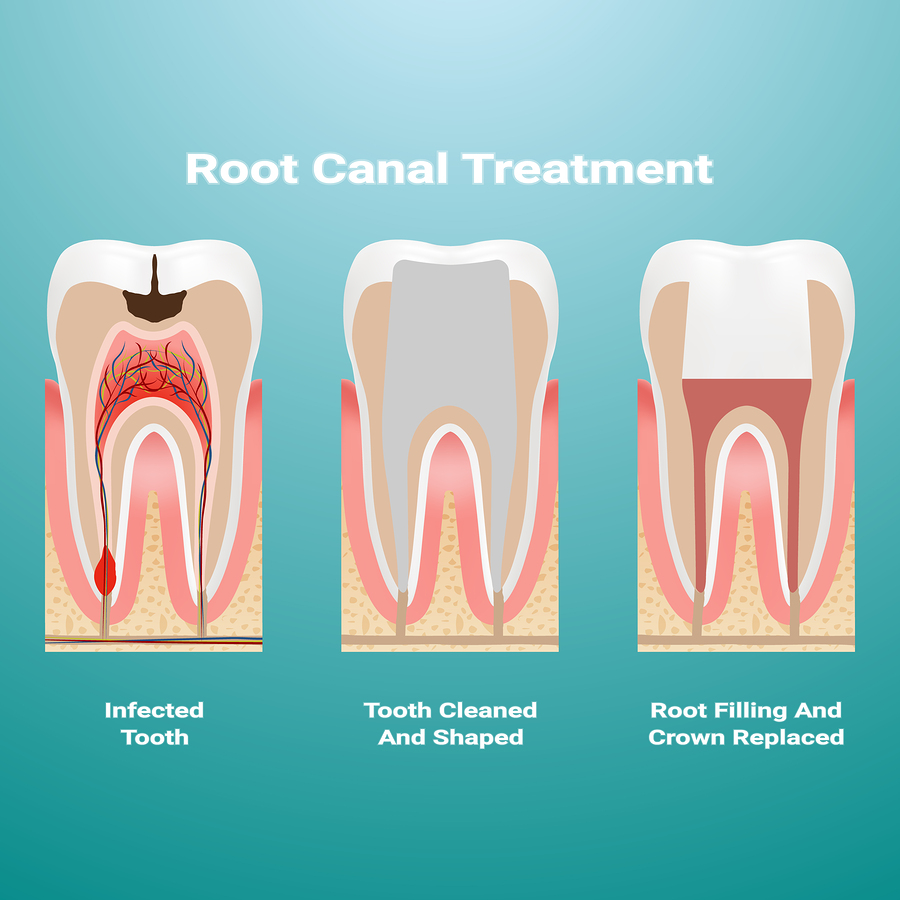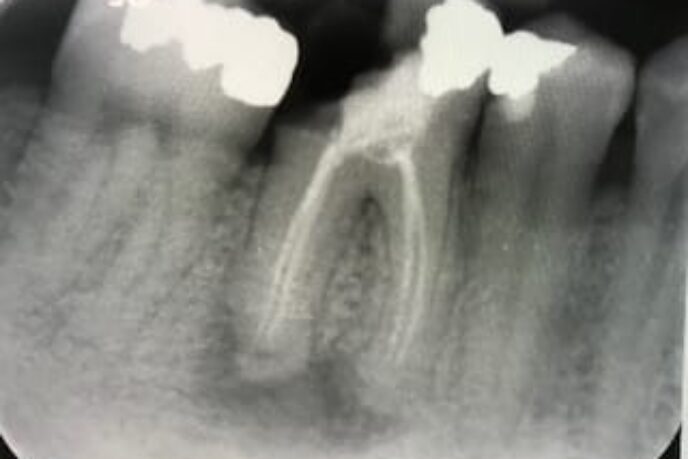Almost every patient looks at me with shock and fear when I mention the term “Root canal”. Most people have heard a story about how terrible this treatment was for someone and how they will never have another one. And whilst those people genuinely did have a bad experience, I find that there is probably a very small handful of patients in my practice that have actually had one of these bad experiences themselves.
So why can a Root treatment be so traumatic? In most cases the tooth has a terrible infection in it. This infection creates an area of pus around the tooth through which no anaesthetic can penetrate and ionize (or work). Thus, even touching these teeth is painful let along trying to drill on them. We call these “hot” teeth. No amount of numbing will actually take the pain away. And in these cases, the only way to relieve the infection is to open the tooth (drilling) to drain the infection. Not fun if your tooth won’t go numb.
So how do we prevent this? Listen to your teeth……….. They give you warning signs that may be subtle but are a sign of genuine problems. Sensitivity to temperature, chewing and constant pain mean you need to see a dentist and quickly.
When caught early enough, an infection in a tooth can be healed easily and painlessly enough by doing a Root Treatment. But “early” is the key word. We do also have new techniques to numb teeth so that certain “hot teeth” might actually go numb now. So my expectation from a root treatment is not to have pain during the procedure. You may have tenderness afterwards for a few days but this should not be excessive. I love it when my patients fall asleep during a root treatment because I know that they are completely at ease with what we are doing and not feeling any pain.

Other things one could expect when having a root treatment is that it may take 2-4 visits to get the infection under control. We will use a rubber dam sheet to separate your tooth from the rest of your mouth to keep it extremely dry while we are working on it. This allows you to relax as you don’t have to worry about having the suction in your mouth or getting the tooth wet. We will use a microscope or magnification to complete your root treatment. The more we see of the canals, the better we can seal them for you.
Once complete, your newly root treated tooth will need to have a crown on it to protect it as much as possible from breaking. This should be done as soon as the tooth is settled after the root treatment is complete.

As much as a root treatment has now saved your tooth and taken the pain away, one should see this tooth as more fragile than your other teeth. Root treated teeth are more brittle (hence the crown) and can fracture even with a crown on it. Also, because of the amount of work done on the tooth, this tooth probably won’t be in your mouth in 25 years time, unless you look after it really, really well. But, hey, at least you have spent those years with a tooth in your mouth rather than a gap.
And even after all the information above you are still skeptical about whether to root treat your tooth or not, remember that the only other option to heal the area is to extract the whole tooth. Something that we do only in extreme cases. Whenever we are able to save a tooth we try to.
If you are worried that you may need a root treatment, give us a call. We have state of the art techniques and equipment for making sure your root treatment gives you the best outcome possible. We also have one of Cape Town’s only dentists whose special interest is in doing root treatments. You can rest assured that your root treatment experience should be a million times better than the stories you’ve heard.
By Dr Sheryl Smithies
Associate Dentist at Enamel Dentistry.

